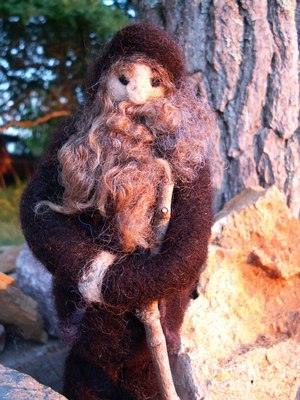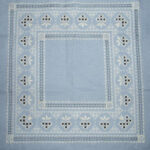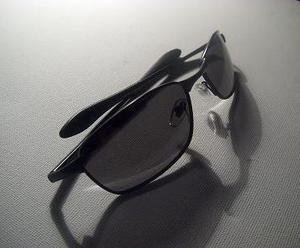Silk is a natural fabric that is made from fiber produced by silk worms. Large silk manufacturers have their own “farms” on which they grow and cultivate silk worms. These worms produce thick, silvery fibers that are then processed to create the luxurious fabric. Silk threads can be woven by hand or machine into shimmery fabric that is coveted for its rich quality. Handwoven silk is more expensive than the machine variety due to the labor involved.
How Silk is Made
The best kind of silk cloth is made from the Bombyx mori moth. This insect is fed only mulberry leaves and therefore produces high quality fiber that is prized for its rich quality and texture. Cultivating this kind of moth and growing eggs and worms from it is a time consuming exact process with temperature-controlled conditions to produce optimal silk. It takes about 30,000 worms to produce 12 pounds of raw silk.
Special care is taken to ensure that the worms do not develop into a moth, thus destroying the silk filaments that are produced.
Luxury Silks
Luxury silks are expensive since they are made from high quality fibers. The cultivation of worms is time consuming and involves considerable labor. Luxury silks include the following types of silk cloth:
Brocade silk is thick and woven with metallic thread to give it the rich, heavy look. It is also a heavy weight and is thick, making it suitable for skirts or jackets. Brocade is also woven with real gold and silver threads to make luxurious fabric that is used for Indian saris or fabric.
Chiffon silk is lightweight and airy, lending an eloquent finish to any outfit. The fabric is sheer and needs lining to make garments and clothes out of it. This type of silk is well suited for scarves and stoles.
Crepe silk has an elegant sheen and drapes very well. The fibers used to make crepe silk are twisted in a clockwise and anticlockwise direction to give it a distinct pebble-like look. This type of silk cloth is perfect to make dresses and skirts that look polished and sophisticated with perfect fitting.
Charmeuse silk is the common type of silk fabric that comes to mind when someone thinks of silk. Luxurious and shiny, charmeuse silk drapes well and has a smooth texture. It is difficult to sew because it is very slippery; it is used extensively in bridal dresses and upholstery.
Jacquard silk is a thick, lustrous type of silk cloth that is woven with matte and shiny threads to produce light and dark patterns. This silk fabric is dense and usually comes in flowery or paisley patterns. Jacquard is used in bedding, scarves and upholstery.
Casual Silks
Casual silks are made from silk fiber that is produced in a more mass-production atmosphere. These types of silk can be made from lower quality of silk fiber, or from silk that is produced from different kinds of worms.
Casual silks include:
Tussar or Tussah silk is less lustrous than regular silk but has its own charm. The silk worms used to make tussar silk feed on oak trees and produce a different kind of fiber that gives tussar silk its golden hue. This type of silk cloth is preferred for upholstery or in garments where wrinkles are not needed, since tussar silk is wrinkle-free.
Raw silk does not have sericin removed. Sericin is a gum that protect the natural silk fiber. It has a raw, stiff look and appears dull. Raw silk is used to make drapes and upholstery.
Douppioni silk has a stiff, tafetta-like appearance and is available in bright colors.
Noil silk has a cotton-like look to it and is made from leftover silk fibers, making it slightly rougher than regular silk.
Uses of Silk
Silk is a popular luxurious fabric that is used to make high-quality products. Silk is used to make apparel such as blouses, skirts, shirts, gowns, and also the traditional Indian outfit called saree. Silk cloth is mostly used for formal wear because of its rich elegant appearance and high cost.
Silk is also used to make home furnishings such as upholstery, bed covers, and throws. It is usually reserved to be displayed on special occasions since it is difficult to clean and does not resist wear and tear very well.
Care of Silk
Since silk is not resistant to rough use, pollution in the air and excessive exposure to sun can fade and spoil the fabric. Water can also destroy the rich texture of silk. It is recommended that all kinds of silk cloth should be dry cleaned only. Harsh detergents or drying should not be used on casual silks.
Spot cleaning can be done on fresh stains only. To iron silk, use a low to medium setting and iron lightly. You can hang silk apparel on padded hangers and wrap them in a garment bag to preserve the life of the fabric. With extra care, silk can last for generations to come.





